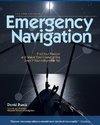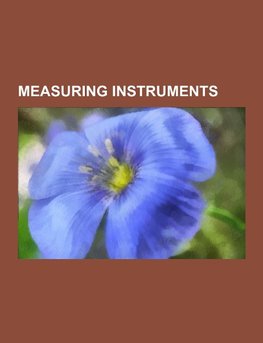
-
 Anglický jazyk
Anglický jazyk
Measuring instruments
Autor: Source: Wikipedia
Source: Wikipedia. Pages: 197. Chapters: Radar, Full body scanner, Mass spectrometry, Oscilloscope, Electricity meter, Measuring instrument, Laser beam profiler, Magnetometer, Multimeter, Pressure measurement, Dynamometer, Gas chromatography, Pulse-Doppler... Viac o knihe
Na objednávku, dodanie 2-4 týždne
38.70 €
bežná cena: 43.00 €
O knihe
Source: Wikipedia. Pages: 197. Chapters: Radar, Full body scanner, Mass spectrometry, Oscilloscope, Electricity meter, Measuring instrument, Laser beam profiler, Magnetometer, Multimeter, Pressure measurement, Dynamometer, Gas chromatography, Pulse-Doppler radar, Integrating ADC, Langmuir probe, Test probe, Seismometer, Reflection high-energy electron diffraction, Scanning SQUID microscope, Magnetic tweezers, Reflecting instrument, Odometer, Octant (instrument), Sound level meter, Viscometer, Speedometer, Instrumentation, Network analyzer (electrical), Metal detector, RFQ beam cooler, Millimeter wave scanner, Calorimeter, Proton-transfer-reaction mass spectrometry, Geiger-Müller tube, E-meter, Anemometer, Backstaff, Pedometer, Quadrupole ion trap, Tachograph, Airspeed indicator, Time stretch analog-to-digital converter, Radar gun, Variometer, Fourier transform ion cyclotron resonance, Rheometer. Excerpt: Radar is an object detection system which uses radio waves to determine the range, altitude, direction, or speed of objects. It can be used to detect aircraft, ships, spacecraft, guided missiles, motor vehicles, weather formations, and terrain. The radar dish or antenna transmits pulses of radio waves or microwaves which bounce off any object in their path. The object returns a tiny part of the wave's energy to a dish or antenna which is usually located at the same site as the transmitter. Radar was secretly developed by several nations before and during World War II. The term RADAR was coined in 1940 by the United States Navy as an acronym for RAdio Detection And Ranging. The term radar has since entered English and other languages as the common noun radar, losing all capitalization. The modern uses of radar are highly diverse, including air traffic control, radar astronomy, air-defense systems, antimissile systems; marine radars to locate landmarks and other ships; aircraft anticollision systems; ocean surveillance systems, outer space surveillance and rendezvous systems; meteorological precipitation monitoring; altimetry and flight control systems; guided missile target locating systems; and ground-penetrating radar for geological observations. High tech radar systems are associated with digital signal processing and are capable of extracting useful information from very high noise levels. Other systems similar to radar make use of other parts of the electromagnetic spectrum. One example is "lidar", which uses visible light from lasers rather than radio waves. As early as 1886, German physicist Heinrich Hertz showed that radio waves could be reflected from solid objects. In 1895, Alexander Popov, a physics instructor at the Imperial Russian Navy school in Kronstadt, developed an apparatus using a coherer tube for detecting distant lightning strikes. The next year, he added a spark-gap transmitter. In 1897, while testing this equipment for communicating between tw
- Vydavateľstvo: Books LLC, Reference Series
- Rok vydania: 2014
- Formát: Paperback
- Rozmer: 246 x 189 mm
- Jazyk: Anglický jazyk
- ISBN: 9781151001276

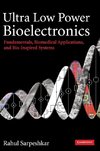




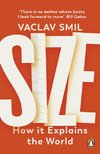
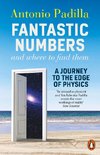
 Nemecký jazyk
Nemecký jazyk 